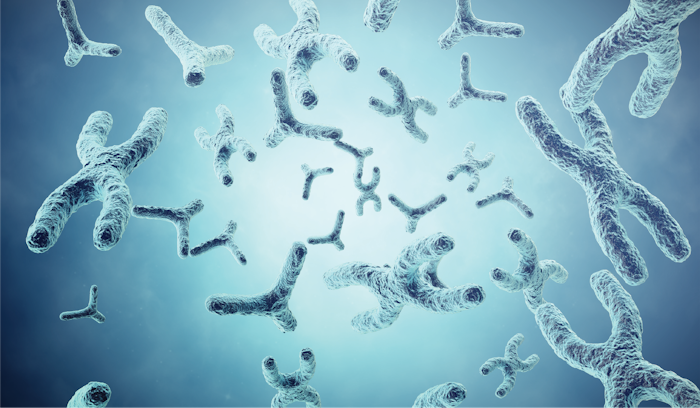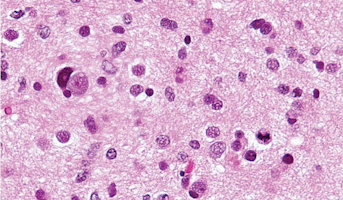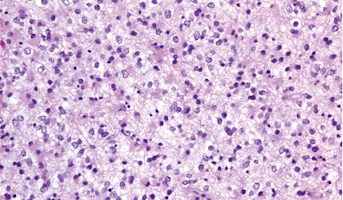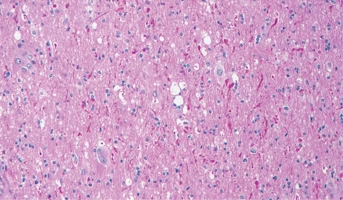Microglial Mosaicism in BRAFV600E Glioma Development
Email Principal Investigator

Estibaliz Lopez-Rodrigo
CBTN Specimen
Backer
Ludwig Institute for Cancer Research and Parker Institute for Cancer Immunotherapy
About this
Project
Pediatric Low Grade Gliomas (pLGG) are the most common brain tumor in children and BRAFV600E is a mutation found in up to 20% of pLGG cases. This mutation is associated with a poor prognosis. In the majority of cases, factors leading to progression and malignant transformation are unknown. There is growing evidence of the existence of somatic (cells that are not reproductive cells) mutations in human non-tumoral tissues, including driver mutations associated with cancers, that can affect cellular fitness and lead to the development of inflammatory diseases. Researchers have conducted previous studies in mice that strongly suggests that the presence of mosaic somatic mutations in the tumor microenvironment, in this case microglia, contributes to tumor grade or aggressiveness. Therefore, researchers would like to expand this novel hypothesis in human pediatric samples. Early detection of mosaic mutations, genetically distinct populations of cells within one individual, in the tumor microenvironment could inform risk of progression, guide the design of therapeutic interventions and ultimately improve pediatric glioma patient outcomes. Results from this research could reveal complementary somatic mosaicism as a driver not only in pediatric glioma, but possibly in other developmental tumors, which is a novel concept that has not been explored. This important work is supported through the provision of rare tumor tissue and blood samples by the Children’s Brain Tumor Network.
Ask The
Scientists
What are the goals of this project?
Previous research has shown that mosaic mutations could contribute to tumor aggressiveness and this project seeks to expand upon that research from animal models to patient derived models.
What is the impact of this project?
This research could not only point to new avenues for therapeutic advancement for low grade gliomas, but for other developmental tumors as well.
Why is the CBTN request important to this project?
The tumor and blood cell samples provided by the Children’s Brain Tumor Network allow researchers to carry out this project.
Specimen Data
The Children's Brain Tumor Network will contribute to this project by providing tumor tissue and peripheral blood mononuclear cells.
related
Histologies

High-Grade Glioma
High-grade Gliomas (HGG) or astrocytomas in children nearly always result in a dismal prognosis. Although novel therapeutic approaches are currently in development, preclinical testing has been limited, due to a lack of pediatric-specific HGG preclinical models. These models are needed to help test

Low-Grade Glioma
Low-Grade Gliomas also called astrocytomas are the most common cancer of the central nervous system in children. They represent a heterogeneous group of tumors that can be discovered anywhere within the brain or spinal cord. Although surgical resection may be curative, up to 20% of children still su

Ganglioglioma
Ganglioglioma presents during childhood and into adulthood. It most commonly arises in the cerebral cortex and is associated with seizures, but also presents in other sites, including the spinal cord.[65,74]The unifying theme for the molecular pathogenesis of ganglioglioma is genomic alterations lea


